Our second stop for our last full day this trip: the Nagoya City Science Museum, which boasts the world’s largest Planetarium. Like many of the science museums we’ve been to already, this one in Nagoya features large areas of exhibits that are devoted to different scientific and technological disciplines: including human biology, nature and geography, frontiers of science, and mechanics and technology. Even that said, the number of interactive exhibits is huge, and very often geared towards children. There are also several exhibits that we haven’t seen before in other science museums: including a Deep Freezing Lab, a water circulation simulator, a 9 meter tall tornado generator, and an electrical discharge simulator. We didn’t get to attend the demonstrations for these though because of timing reasons.
We spent about 2.5 hrs in this museum today, and covered perhaps just half of the interactive exhibits. You could easily spend an entire day here, more so if you have kids as they’d be running from exhibit to exhibit to try everything!
There are several categories of admission fees: including with or without admission to watch the show in the Planetarium, and also for special exhibits like the Deep Freezing Lab. We paid for the option with Planetarium, and it cost ¥800 for adults. However, the admissions ticketing booth was fussy and insisted that our 13 year old girl show her student card to qualify for college/high school student fee of ¥300. No, we did not bring her EZ-Link card to Japan nor were our passports with us. Not that either finally mattered, because admissions would only accept local student cards. Duh. We did not have similar difficulties getting our girl into other museums and parks as a junior student; the admissions staff in those places asked us for her age, took one look at her, agreed that we weren’t trying to pull a fast one, and processed our girl as a student accordingly.
Our recommendation too: forget about the Planetarium and just go for the Museum-only admission if you’re considering the museum and planetarium combo ticket. The 50 minute Planetarium show is in Japanese, and there is minimal support for English. There was a live show commentary in Japanese that we, for want of better words, could catch no ball. There were the occasional Chinese subtitles for key but very brief info bits (e.g. names of planets) projected onto the dome screen. Which boggled the mind why there weren’t English subtitles then. And in my view, the show simply did not make adequate use of the huge planetarium dome screen. The rules for attending the show are also very strict: the info flyer states that if kids need to remain silent during the show, and might be escorted out if they can’t keep silent or keep still. During the show, the planetarium staff would do rounds walking along aisles, behind seat rows to make sure the audience was behaving. No, this didn’t cause us issues, but it’s still something worth mentioning.
Well, at least the seats in the planetarium were really comfortable. So comfy that the wife and both kids completely dozed off, especially since we all got bored with the show.
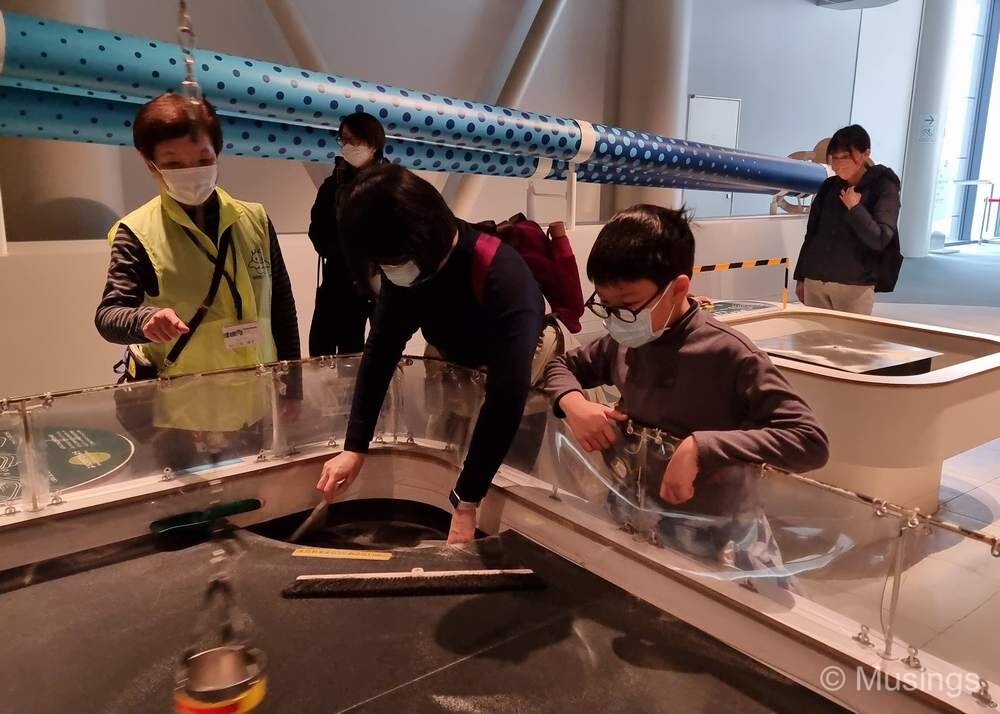
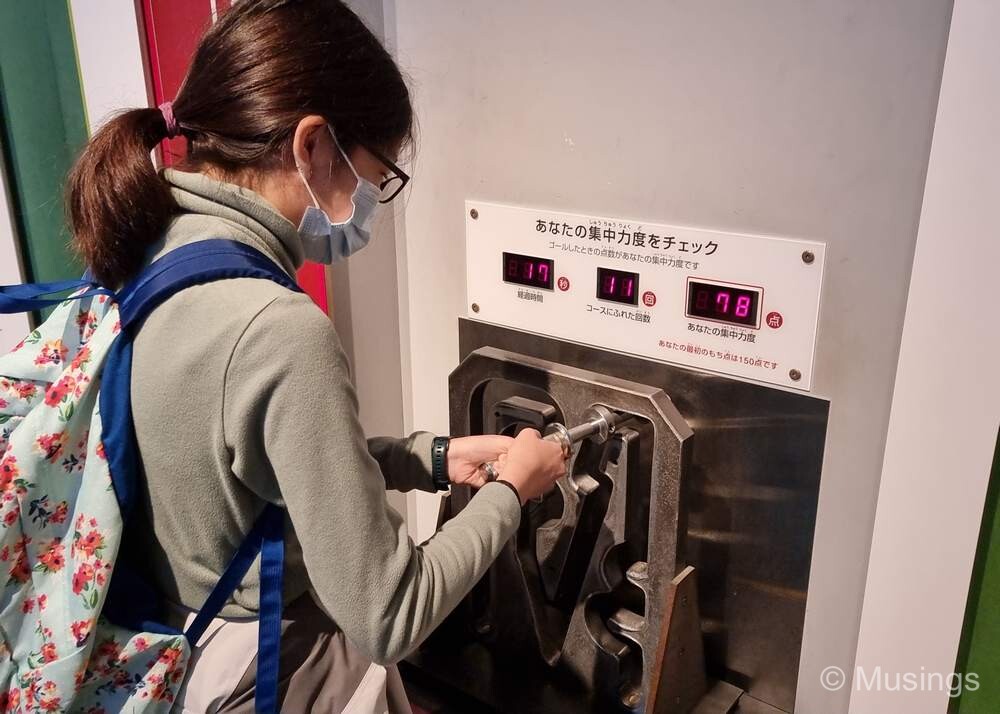
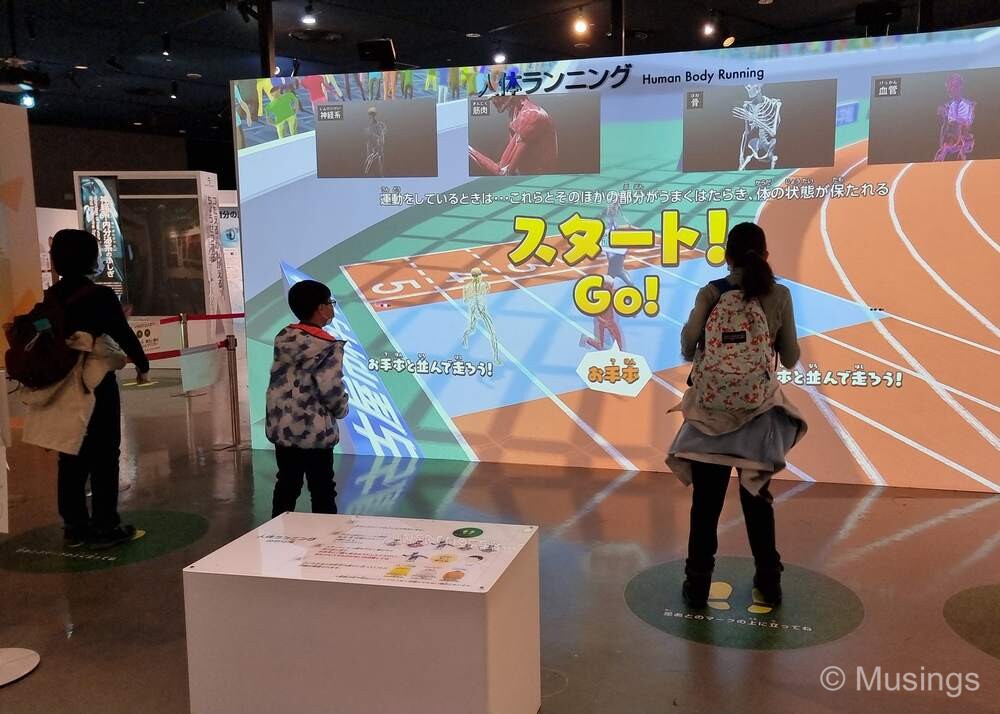
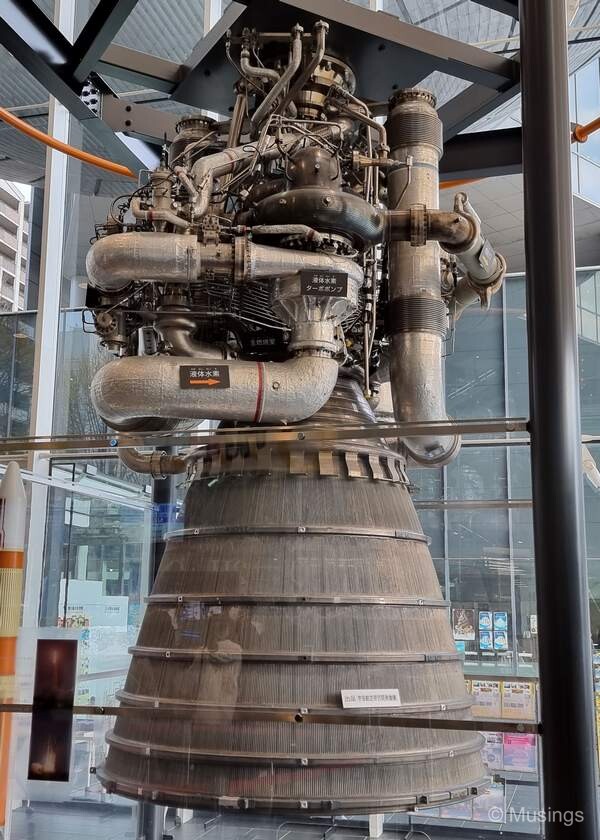
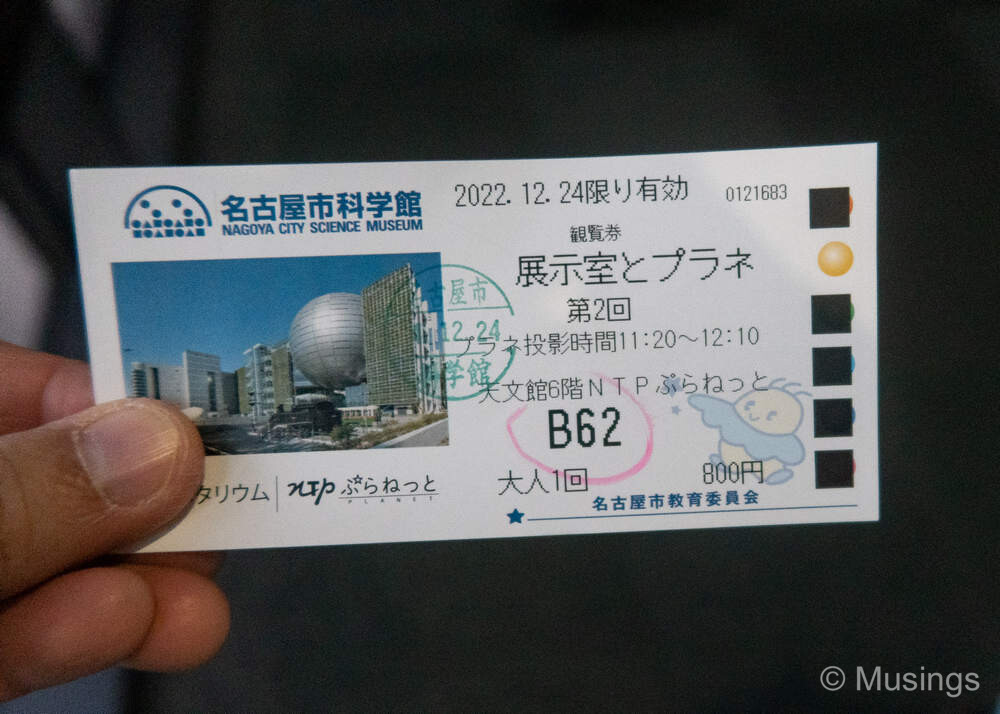
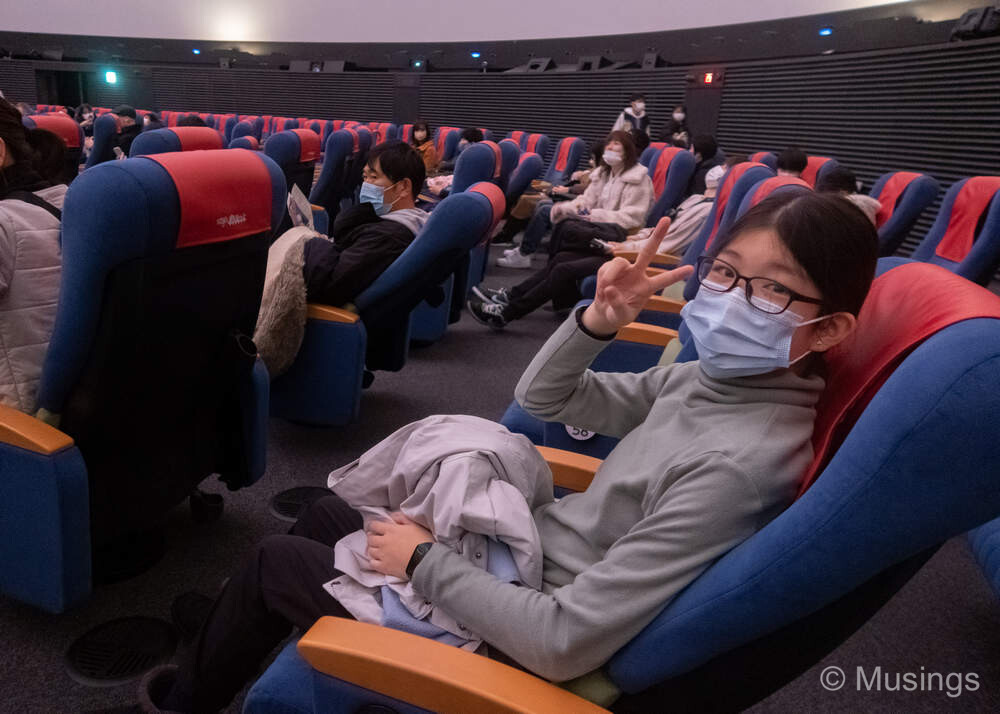
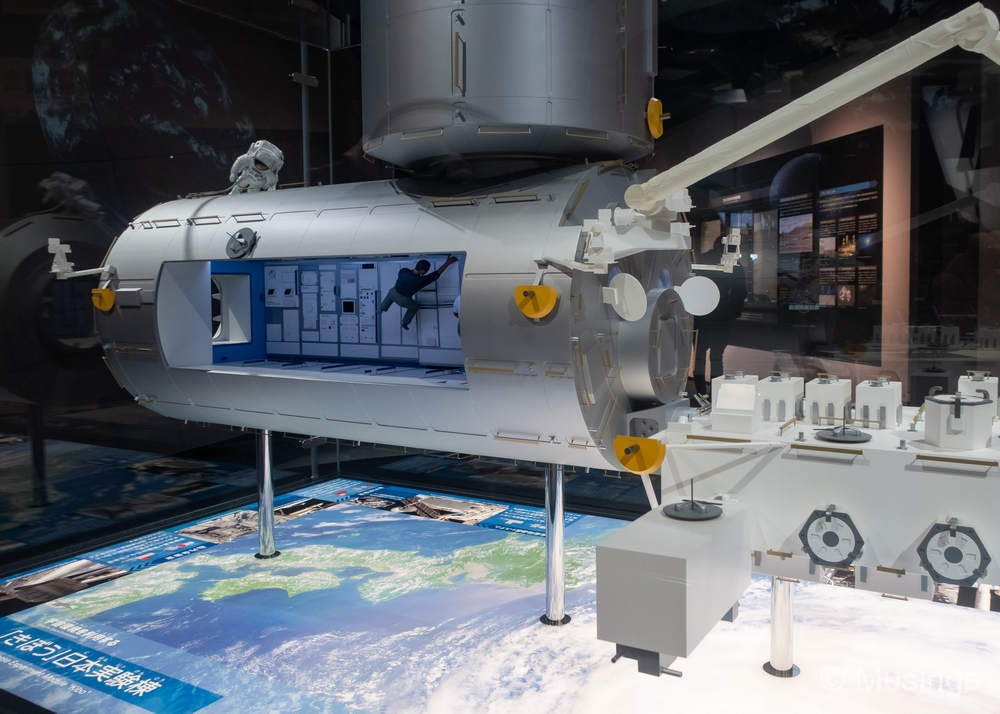
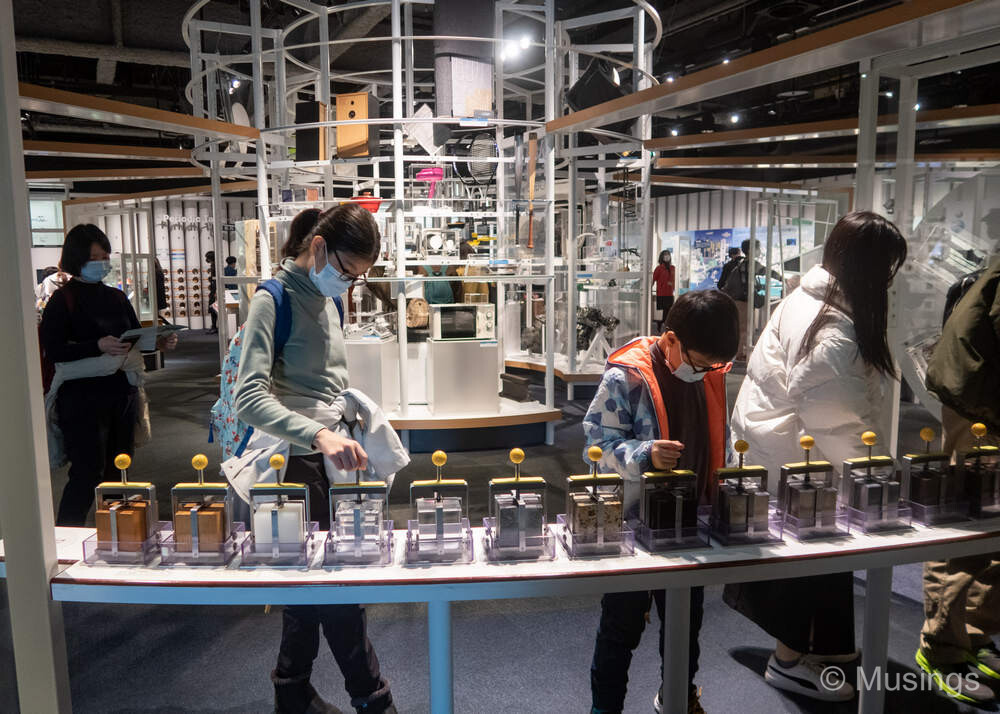
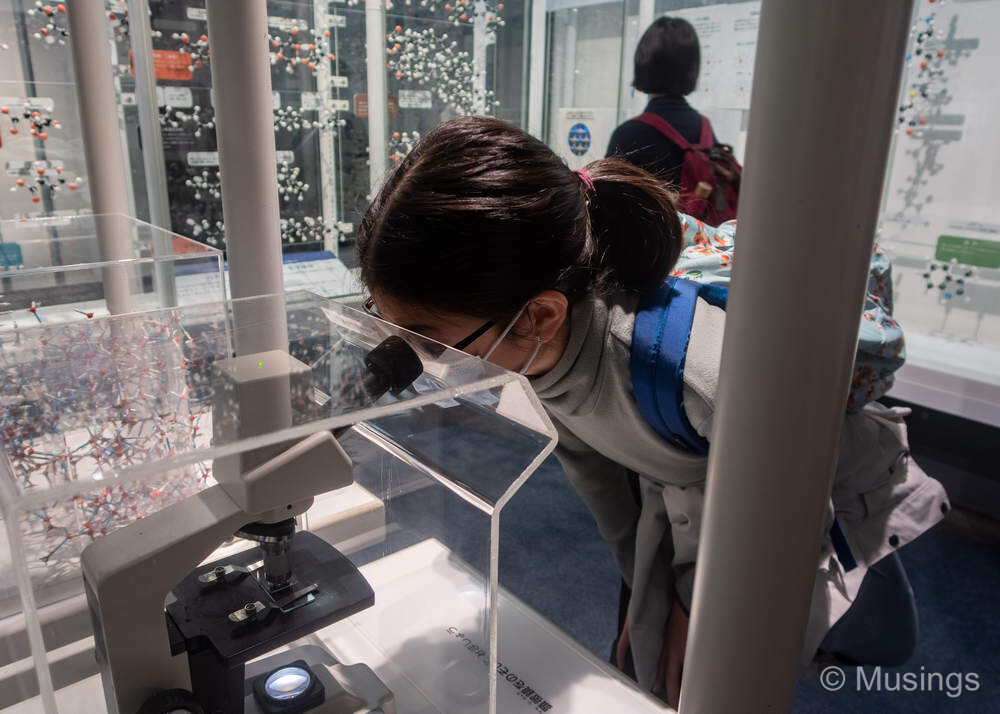
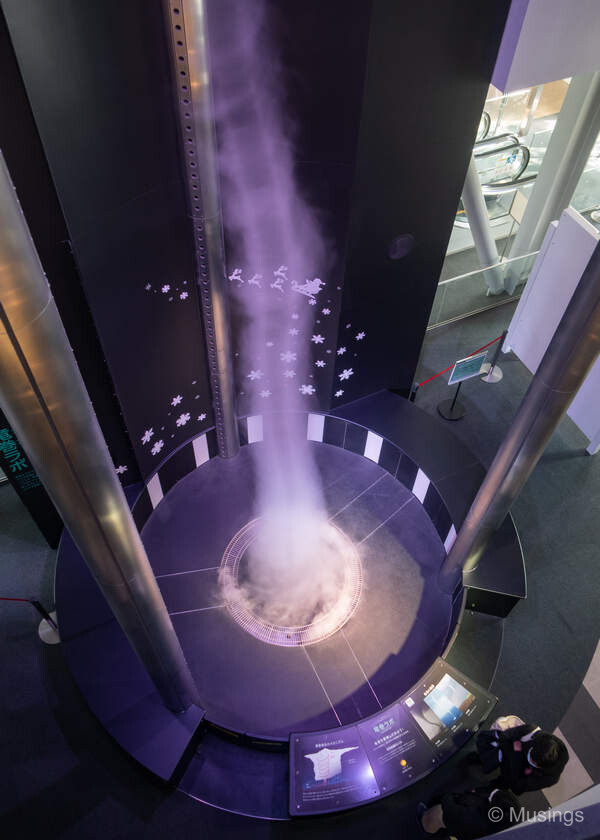
We finished the day with a visit to the Osu Shopping District before heading back to the Nagoya Station area for dinner and to get packed for an early morning check-out the following morning.
Continued in the next post for Day 15 to wrap up our itinerary posts!